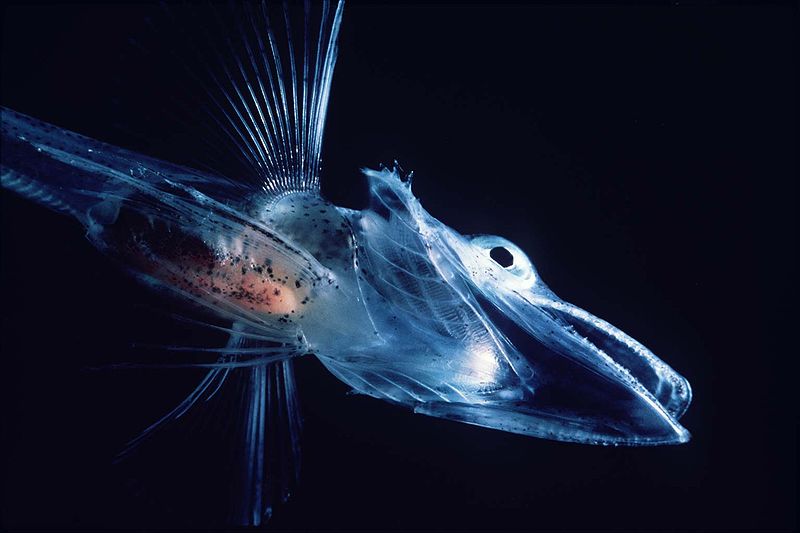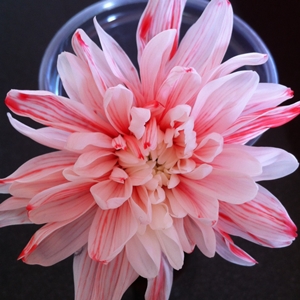What is Forensic Science?
Forensic Science is the investigation of a crime using different scientific techniques.
Let‛s learn more!
When a crime is committed Forensic Scientists help collect the evidence. They may use Chemistry, Genetics, Biology, Pathology, Entomology and Toxicology to examine the clues. Some of the evidence gathered at a crime scene could include hair, skin cells, fibres from clothes or carpets, footprints, fingerprints and blood samples.
DNA can be extracted from hair or skin cells found at the crime scene and can be used to link a suspect to a crime.
Hair and fibre samples found at crime scenes can also give vital clues to solving the crime. These samples can be viewed under high powered microscopes. Hair samples can give an idea of a person’s age, general health and hair dyes or hair styling products can also be identified.
Forensic chemistry techniques can reveal a lot about fibres such as the type of dye used, the type of fabric, where the clothes were made.
Fingerprints
Fingerprints are the ridges visible on the end of your finger. They occur in particular patterns that are unique to each individual. These pattern of a fingerprint can therefore be used to identify a person.
 |
| Image source :Wikipedia |
Fingerprints are often defined by the patterns they make i.e. loop, whorl or arch.
There are two types of fingerprints usually left at a crime scene:
- VISIBLE PRINTS: you can see these prints with your own eyes
- LATENT PRINTS: you may not be able to see them but they are left due to sweat or oils on the skin.

Some surfaces are difficult to lift fingerprints from. In such cases a flourescent powder is used to bind to the organic matter in the fingerprint and the print is then visible under UV light.
“Did you know… the science of fingerprint identification is known as dactyloscopy?”
Forensic Ballistics
Forensic ballisitcs is the examination of bullets and firearms in order to identify the weapon used in a crime.
Forensic Entomology
Forensic entomology is the study of insects found on or near a dead body, in order to determine the time of death.
Certain insects will lay eggs in a dead body and the eggs hatch into maggots.
By working out how old the maggots are the scientist can determine how long the body is dead.
Experiments you can try!
1. Make a fingerprint
You will need.. a glass, a soft brush (like a make up brush), cellotape, cocoa powder, white paper
What to do... rub your finger on your scalp then push the pad of your finger onto the side of the glass. Use the soft brush to gently cover the fingerprint with cocoa powder. Take a piece of cellotape and place it over the fingerprint. Carefully peel back the cellotape and stick it on to the white paper. You should be able to see your fingerprint. Now try and describe your finger print by comparing it to the chart below;
So what is happening? When you rub your finger on your scalp it covers your finger in natural body oils. When you push your finger to the glass the oils transfer the pattern of your fingerprint to the glass. Adding the cocoa powder lets us see the print.
















